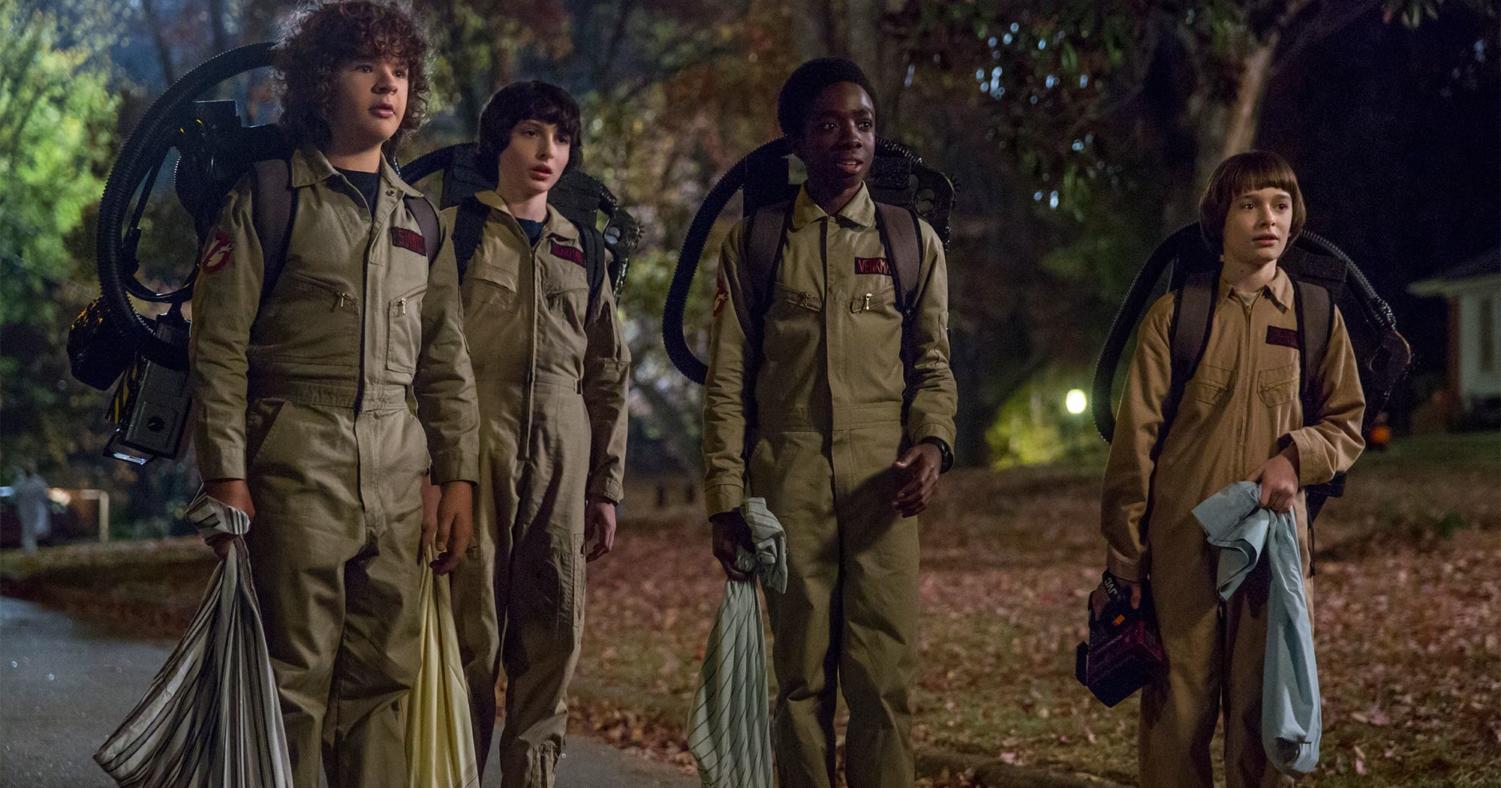There’s a moment in episode four of “Stranger Things 2” that encapsulates the most disappointing thing about the show’s second season. Billy Hargrove, a new town resident and completely useless character, commands that younger sister Max not hang out with any of the lovable nerds who comprise the show’s main cast. He especially doesn’t want to see his sister being friends with Lucas, the show’s only main black character. The implication is that the newcomer is racist.
So I sat there thinking that maybe “Stranger Things” would grow from being a fun, inoffensive show shamelessly in love with ‘80s pop culture to one which recognized that the era it takes place in wasn’t kind to all of America’s citizens. I thought maybe the show would do something interesting with the period that it mines to earn adoration. Unfortunately I had my hopes too high. The hint of racism is literally never mentioned again.
Billy doesn’t bluntly state that race is why he singles out Lucas, but there’s really no reason to think otherwise. The two had never met before and Billy is a d**k to everyone. He simply didn’t like what he saw — a black boy talking to his step-sister that Billy himself hates.
You could say he takes his anger out on others because he has an abusive father, but the show doesn’t explore that either. Billy is a d**k because that’s what the show needs him to be. There ends up being no reason for these plot points to exist and the creators lose multiple opportunities to make the show about something meaningful.
These new characters arrive to the show’s setting of middle America small town Hawkins, Indiana before Halloween, joining all of the familiar faces that fans fell in love with last year. A full year has passed since the town’s previous encounter with the Demogorgon. Will, the boy who was missing for most of the first season, has trauma from his time in “‘The Upside Down” which acts as the catalyst for the new conflict.
Though season one of “Stranger Things,” which was an hour shorter than this new season, made each second count as everything in those episodes factored into the ending.
This new sibling duo drags the story in every scene they appear, and the pair aren’t the only ones. All of episode seven throws the season’s overall pacing off by focusing solely on one character instead of following its usual format that sees pairs or groups being split up to chase different threads that will eventually tie together. It’s formulaic but it works, and steering away from that did not.
The show still mostly explores themes of conquering one’s fears and uniting to face a common threat, the ‘80s pop culture still dominates the show’s look and sound, the government scientist guys are still shady and the John Carpenter-inspired synth soundtrack returns (at one point even borrowing a piece from Carpenter’s “Escape from New York”). New events in the characters’ lives make for interesting development that may turn some roles, such as jerk-turned-outcast Steve Harrington, into fan favorites. But not much else feels different. The aesthetics and references seen in both seasons are loved because they’re fun. They’ve lived on because people like them. I like them. I just wish that there was more here than a fun science-fiction story that really wants us to know its creators loves the 1980s.
Viewers will likely feel the same way about the sequel as they did the original. Even if the pacing or lack of social commentary in the show disappoint fans, the family-friendly scares and largely returning cast make this new batch of episodes a decent Halloween binge for those not looking to lose sleep in fear of real-life horror such as racism or serial killers. “Stranger Things” is fun but not on par with the horror movies it’s inspired by – those are terrifying and actually about something.




